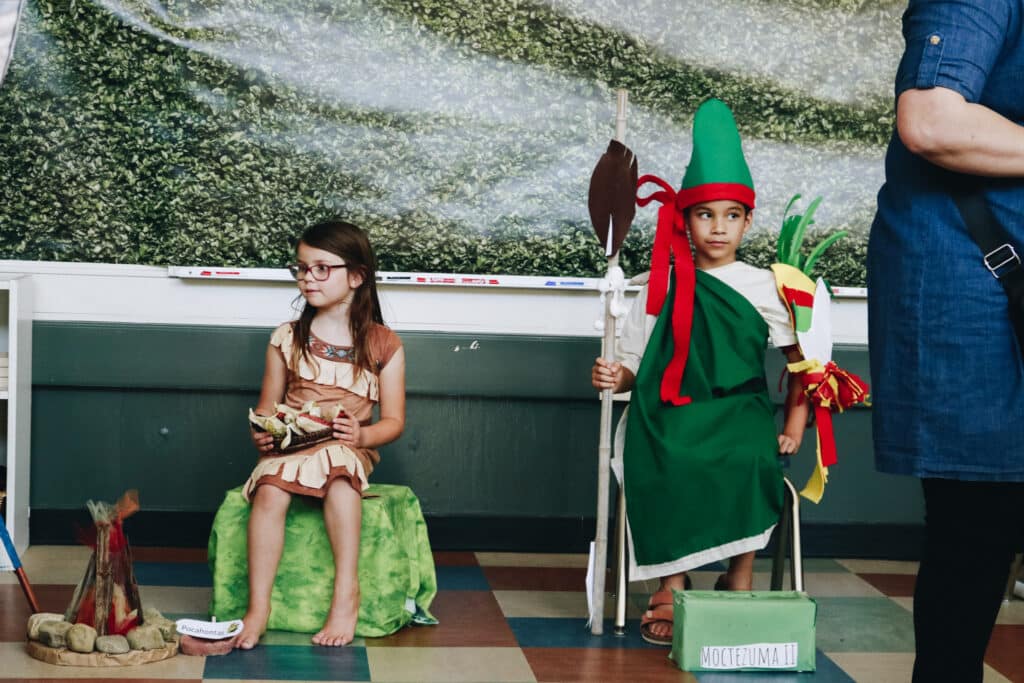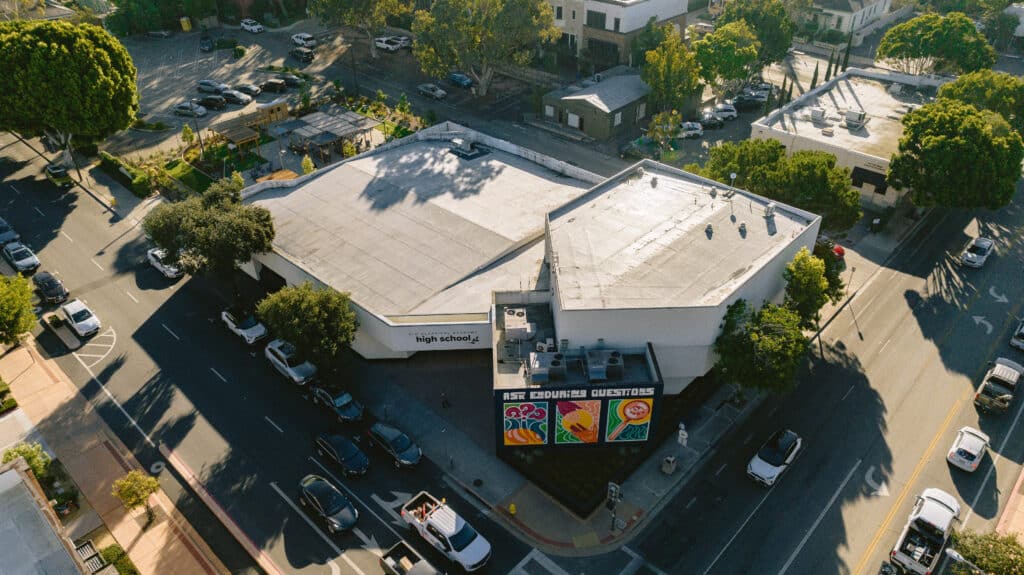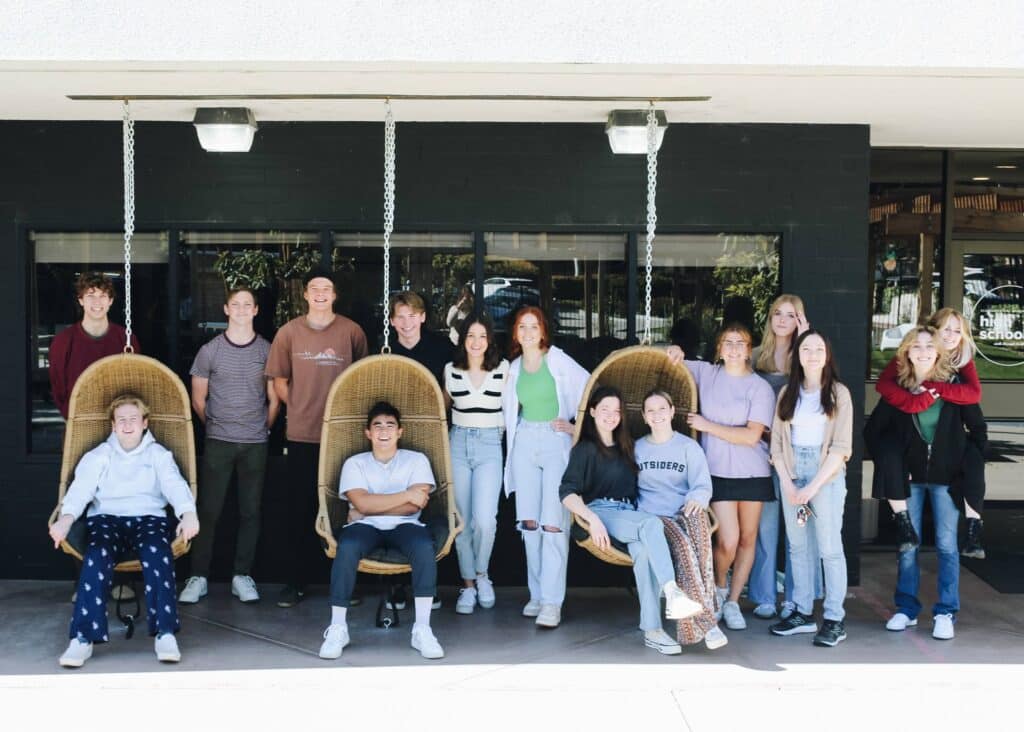Today we will hear from our Director of Early Childhood, Merideth Eades, as she dives into a topic that we get many questions about: Is it time to make the jump from preschool to kindergarten? Is my child ready? Let’s hear from Merideth…
“Children are like tiny flowers; they are varied and need care, but each is beautiful alone and glorious when seen in the community of peers.”
Frederich Froebel
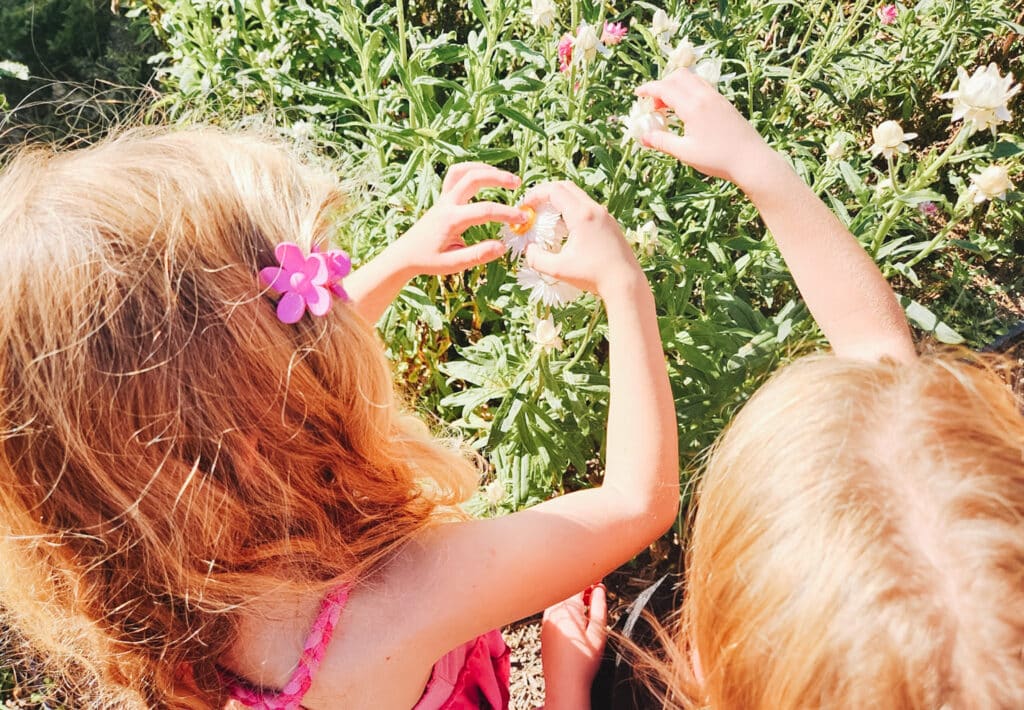
“How do I know if my child is ready for kindergarten?”
As early childhood educators, we get asked this question a lot. Having raised three children of my own, I understand the heart behind the question. We want what’s best for our children. We want them to thrive and succeed. Today, I want to address some common questions we receive on this topic and encourage you to think differently about what your children need to be successful.
To start, the main attribute we pay close attention to when evaluating if a child is ready for kindergarten is their socio-emotional development and competencies. Being socially and emotionally ready for school is what separates the preschooler from the kindergartener. What does this look like? Some practical markers of readiness include the ability to sit in a circle, play with friends, follow multi-step directions, and understand their role in the classroom. Are they asking questions? Are they interested and actively involved in the world around them? Are they able to fully participate in preschool routines, such as carrying their backpack to and from the classroom, taking their own snacks out, and putting a jacket on? These are all great indicators of a preschooler who is socially and emotionally ready to start their kindergarten journey!
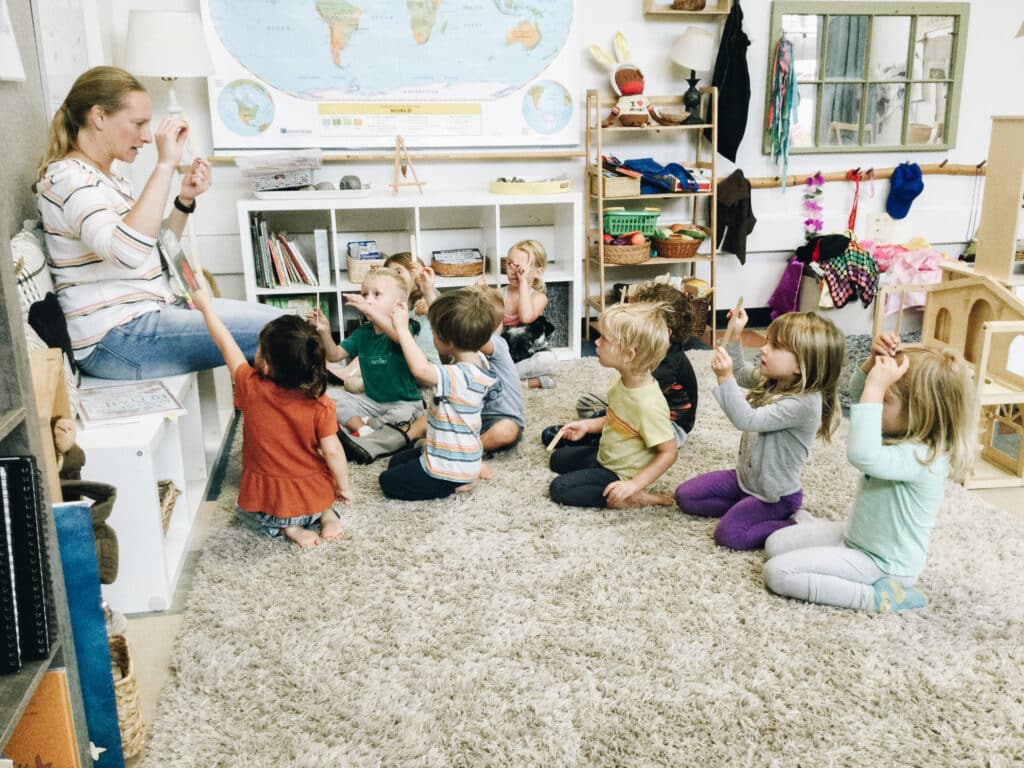
Many parents have concerns about various academic “milestones” when it comes to their child’s transition to kindergarten. Some common questions include:
- Does my child need to be able to write their name?
- Does my child need to know the entire alphabet?
- Does my child need to know how to read?
The short answer is, nope! While these are all skills your child will develop, they are not necessary for a successful kindergarten year. Here at SLOCA, we foster a love of learning. Our teachers foster this by providing an environment that evokes curiosity and wonder. Children are encouraged to explore the world around them, engaging in thoughtful play. By cultivating an inquiry-based home (or classroom) and building a close connection with your child, parents (and educators) nurture their wonder and confidence. This ultimately leads to the socio-emotional development needed to progress on to kindergarten.
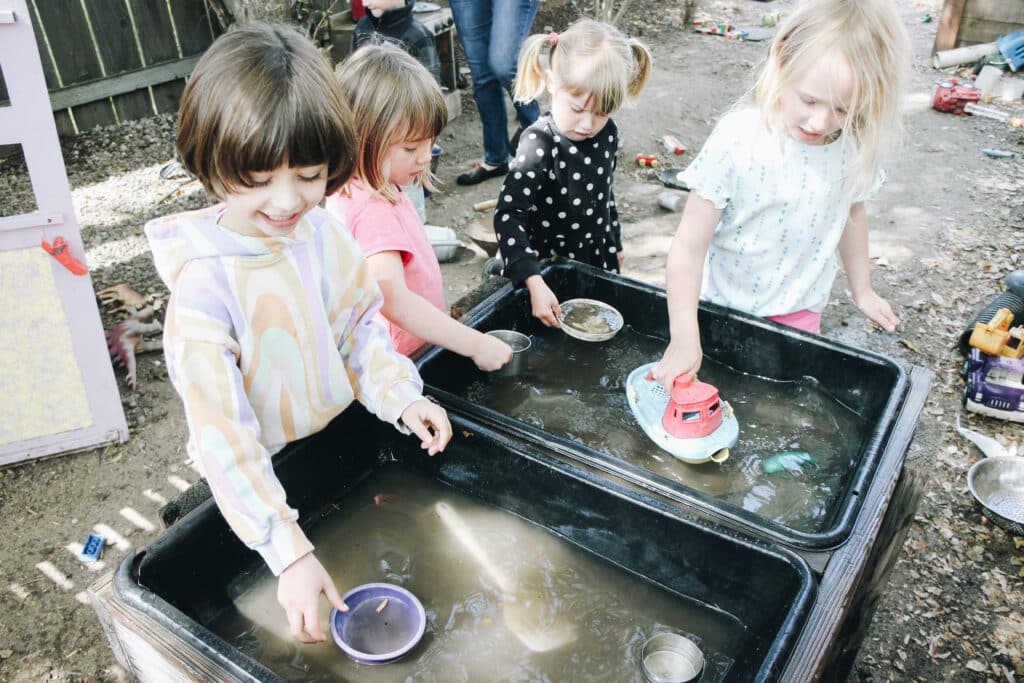
As a parent, what does this practically mean for you? Here are some ways to help foster connection and build inquiry, wonder and a love of learning in your child:
Read together: If you take just one thing away from this post, let it be this! We believe learning to read begins in the laps of the parents. Jim Trelease, author of The New York Times Bestseller The Read-Aloud Handbook, says “It’s a scientific reading fact that human beings are pleasure-centered. This means every time you read to a child, you’re sending a ‘pleasure’ message to the child’s brain, conditioning it to associate books and print with pleasure. We read aloud to children for the same reasons we talk with them: to reassure; entertain; bond; inform; arouse curiosity; and inspire.” Read aloud to your kids. Offer them rich, beautiful literature and prioritize this in your home.
Play with your child: Your child wants to be with you…there are entire books written about the benefits of play (for both kids AND adults!). This is also a key ingredient to building that connection with your child and it will encourage and nurture their brain development!
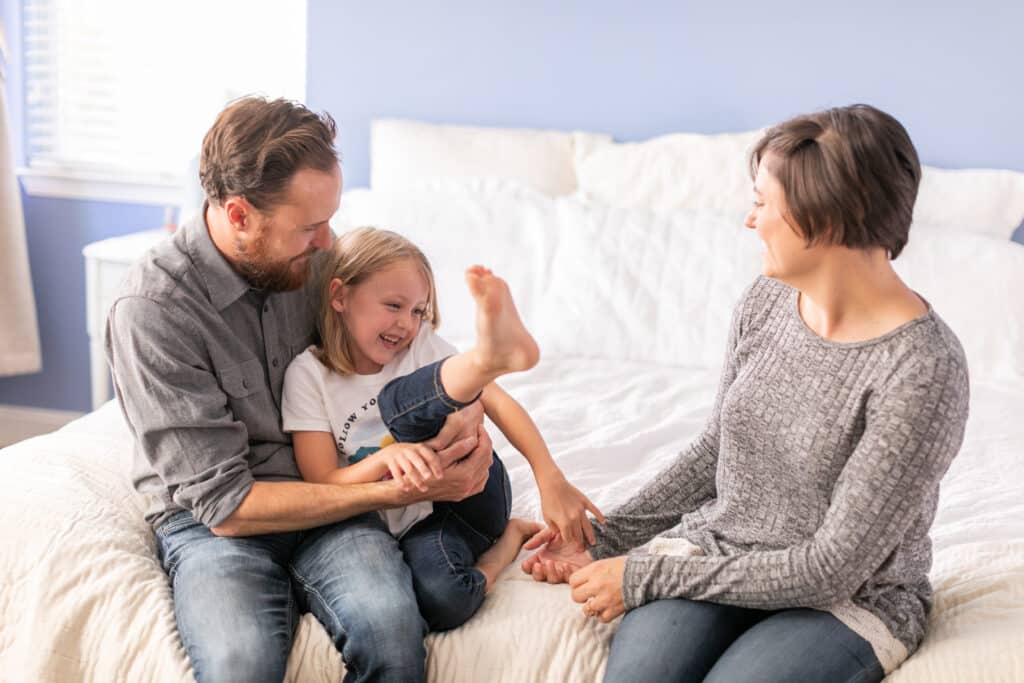
“Play is the highest level of child development . . . It gives . . . joy, freedom, contentment, inner and outer rest, peace with the world . . . The plays of childhood are the germinal leaves of all later life.”
Friedrich Froebel
Encourage Independent Play: While playing together is important, independent play is equally so. Encouraging independence and imagination prepares your child to think, solve problems, try new things, and function without continually needing others for approval or validation. Through purposeful play, you guide your children toward seeking the true, good, and beautiful.
Invite your child into your day: Children want to be needed and to be contributors in your family and in the world. As adults, we want and need to feel that what we are doing has purpose and meaning—so do children! Invite them to help you with dinner, the laundry, washing the car, etc. You are training your child to be a contributor, not just a consumer, and along the way, you’re providing them with purpose and (again) building that connection.
“Parents often spend their energy working too hard, trying too hard, buying expensive toys and following complex curricula, all the while forgetting what should be evident: The unglamorous, everyday, routine experiences like feeding, dressing, bathing, and diapering can actually provide the best opportunities for parents and infants to develop cooperation, respect and a loving understanding of each other.”
Magda Gerber (although she references infants here, the same idea applies to the routine experiences of a preschooler/kindergartener!)
No screens: The data supports this without question. First, we know that paper-based reading results in better comprehension and information retention. Not only that, but in our own experience, students who spend time on screens differ in the way in which they play—their play is not as deep, they are simply re-enacting from shows/scenes they’ve watched instead of drawing on their imaginations. Their ability to attend to activities in the classroom is also affected. Children who utilize screens during ‘downtimes’ also do not experience the benefits of boredom (aka the space where creativity begins).
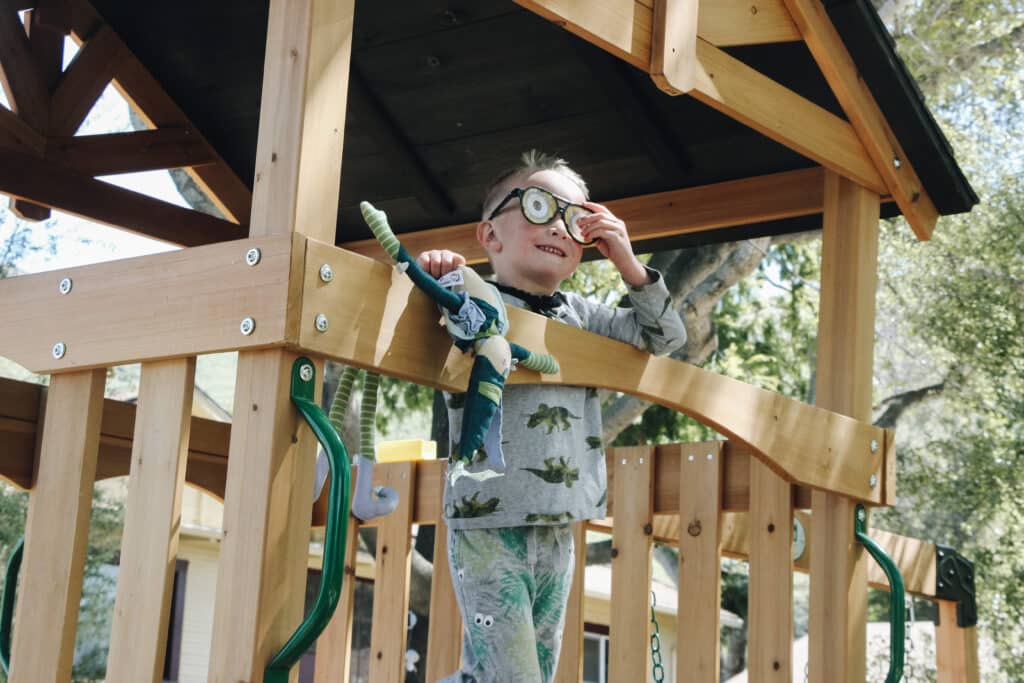
For those of you with a child whose birthday is in late summer and you are considering whether or not to enroll in kindergarten or wait a year—the childhood years are so short in comparison to the rest of their life, why not extend these for a little longer? You are never going to regret giving them another year of this—more play, less structure, and time to develop.
None of the suggestions above requires a lot of money, fancy toys or curriculum, or even a huge amount of time. It’s more like a mindset, a building in of enjoyable daily habits that encourage kids to be ready for more formal learning later in life. Throw out the idea of a “kindergarten readiness checklist” and embrace the openness to wonder. Open a book. Blow some bubbles. Give your child the space to play. Sit under a tree. Be curious together. Paint a rock. Enjoy one another. With this strong foundation set, we can teach them how to hold a pencil, to learn addition, to read, and to know their alphabet…that’s what kindergarten is for!





